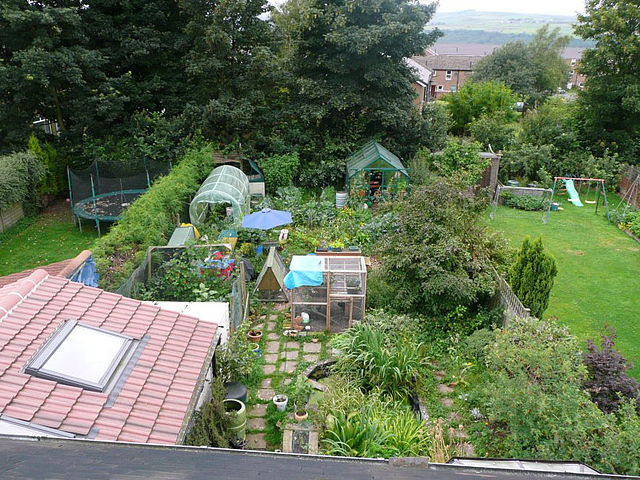A permaculture garden can look like many different things. For instance, a permaculture garden might be a raised bed garden, a no-till garden or a hugelkultur bed. It might incorporate organic or biodynamic gardening techniques. The different faces of a permaculture garden are possible because this is a fluid philosophy based on applying the 12 principles of permaculture to the way we live on the land. This can be done in delightfully diverse ways on any given property.
Permaculture Gardening for Beginners
At first the idea of creating a permaculture garden can be overwhelming, simply because there are so many possibilities that it can be hard to visualize your future garden. To help you imagine your future permaculture vegetable garden design, here are three examples of permaculture garden beds:
Hugelkultur Bed
The word “hugelkultur” is German for “hill culture”. To make a hugelkultur garden bed you need as much woody material as you can lay your hands on. You start by stacking logs, stumps or branches either on the ground or in a shallow ditch. Ideally you should start with large logs and then add smaller and smaller branches and twigs on top. Cover the mound of wood with a thick layer of manure, cover with soil and then a healthy heap of straw.
The wood acts as a natural moisture sink. Once this permaculture garden bed is established it will need very little watering as the wood will slowly release moisture into the soil. The wood will also add nutrients to the bed for many years, like a constant source of compost.
Here is a hugelkultur bed recently planted:
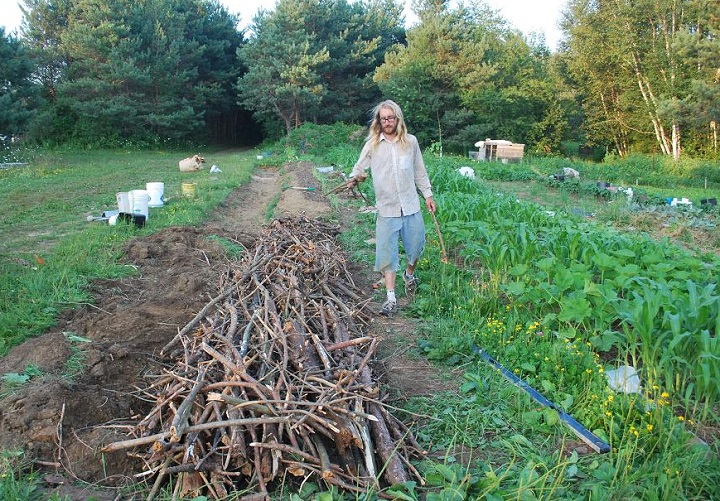
Image courtesy of permaculture.co.uk
This image shows the slow composting of the wood over time in a hugelkultur permaculture garden:

Image courtesy of richsoil.com
Trench Permaculture Garden
One of the simplest ways to build a permaculture garden bed is to dig a swale (aka a ditch).Pile the soil that came out of the ditch up on the downhill side. The piled soil becomes your garden bed (mix in compost and add a thick layer of mulch for best results) and the ditch becomes the watering system. Rainwater will settle there and move into the garden bed through capillary action.
This image shows the movement of water through the trench and down to water the garden:
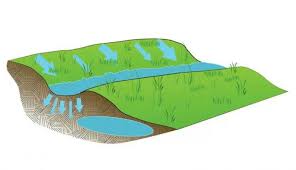
Image courtesy of kerrmaculture.wordpress.com
And here is a beautifully mature permaculture garden. The water also provides habitat for frogs, toads and other pest eating animals.
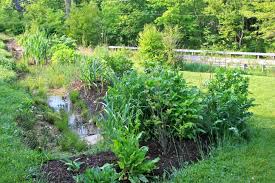
Image courtesy of treeyopermacultureedu.wordpress.com
Spiral Permaculture Garden Bed
A popular feature of a permaculture garden is an herb spiral. This elevated design creates different microclimates, allowing you to grow sun loving lavender in the same bed as thirsty nasturium, basil and chives. To build one, simply stack bricks or rocks in a spiral shape. Fill the spiral with stones or wood, then compost, straw and soil. Then you can plant each herb or vegetable according to its sun and water requirements. May people build a small pond at the base of the herb spiral.
Here is an herb spiral filling in nicely. This is a great example of backyard permaculture gardening, as an herb spiral takes up very little space.
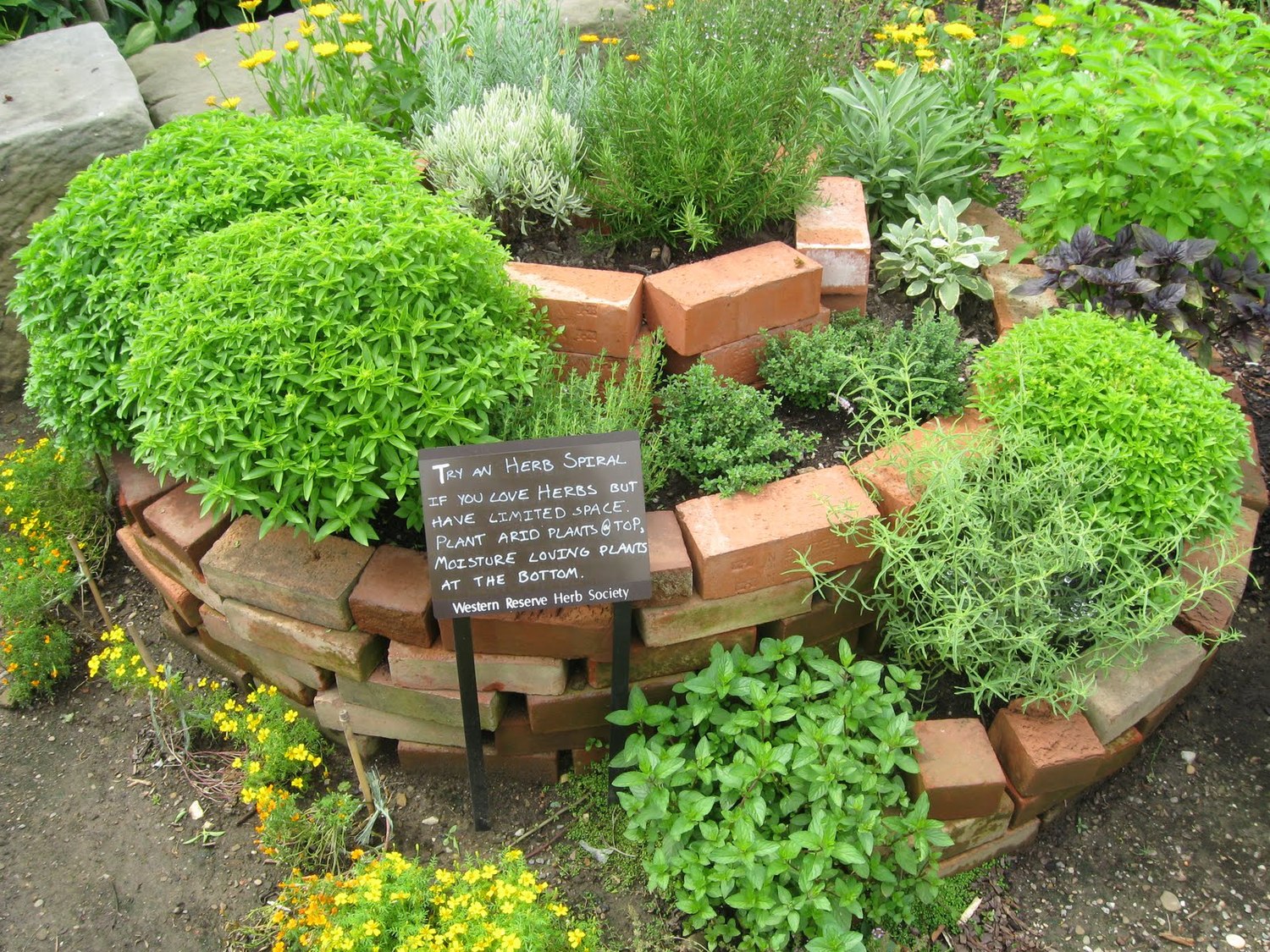
Image courtesy of pinterest.com
Visit www.thechickentractor.com.au for your poultry needs.
Extended Reading
Permaculture: A Practical Introduction
Ready to make a hugelkulture permaculture garden? Learn everything you need to know here:

